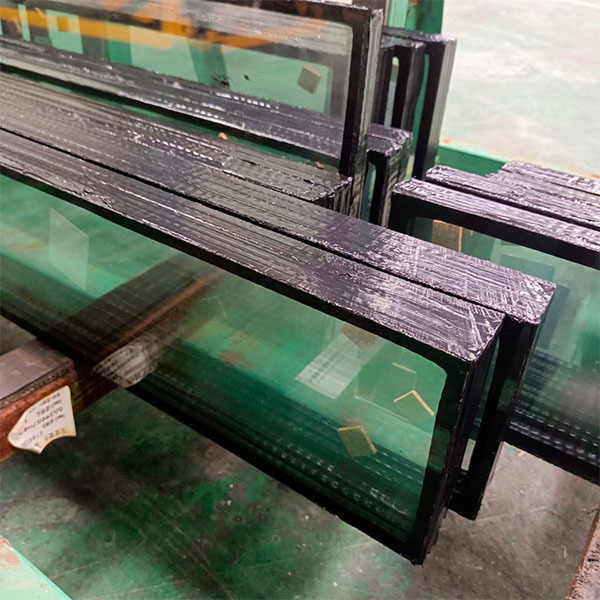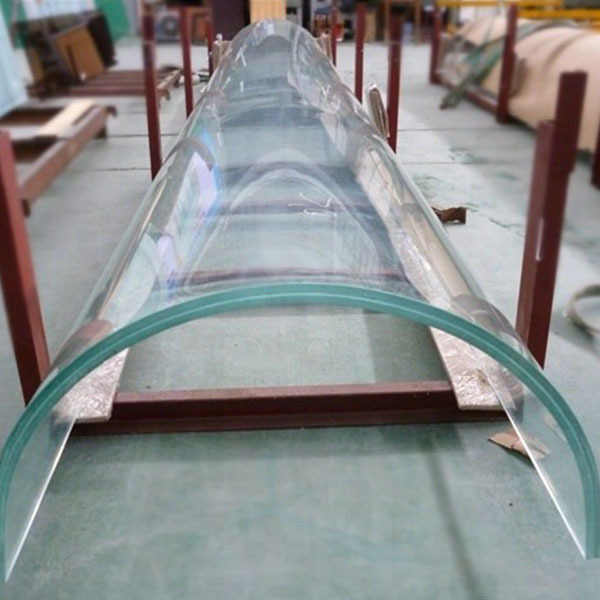Exploring the Benefits of Tempered Glass in Home Design: A Comprehensive Guide
Release Time:
2025-10-06
Exploring the Benefits of Tempered Glass in Home Design Table of Contents Introduction to Tempered Glass Safety Benefits of Tempered Glass Aesthetic Appeal of Tempered Glass in Interiors Energy Efficiency of Tempered Glass Durability and Maintenance of Tempered Glass Versatile Applications of Tempered Glass in Home Design Eco-Friendly Options for Temp
Exploring the Benefits of Tempered Glass in Home Design
Table of Contents
- Introduction to Tempered Glass
- Safety Benefits of Tempered Glass
- Aesthetic Appeal of Tempered Glass in Interiors
- Energy Efficiency of Tempered Glass
- Durability and Maintenance of Tempered Glass
- Versatile Applications of Tempered Glass in Home Design
- Eco-Friendly Options for Tempered Glass
- Cost-Benefit Analysis of Tempered Glass
- Conclusion
- Frequently Asked Questions
Introduction to Tempered Glass
Tempered glass, often referred to as toughened glass, is a type of safety glass that has been treated by controlled thermal or chemical processes to increase its strength compared to normal glass. This enhanced durability makes it a popular choice for various applications in home design, from shower doors to large windows, and even as partitions in modern interiors. Understanding the benefits of tempered glass can help homeowners make informed decisions that not only improve the safety and aesthetics of their homes but also enhance energy efficiency and sustainability.
Safety Benefits of Tempered Glass
One of the most significant benefits of tempered glass is its safety feature. When broken, tempered glass shatters into small, blunt pieces rather than sharp shards, reducing the risk of injury. This characteristic makes it an ideal choice for homes with children or pets. The safety benefits extend beyond just its tendency to shatter safely; tempered glass is also much stronger than standard glass, making it more resistant to impacts and thermal stress.
Enhanced Strength and Impact Resistance
Tempered glass is manufactured using a process that involves heating it to over 600 degrees Celsius and then rapidly cooling it. This process increases its strength, making it approximately five to seven times stronger than standard glass. This added durability means it can withstand extreme weather conditions, impacts from objects, and even high-pressure situations, making it a preferred choice for exterior applications, such as windows and doors.
Fire Resistance
In addition to its strength, tempered glass also possesses fire-resistant properties. It can withstand higher temperatures without breaking, making it an excellent option for homes located in areas prone to wildfires or where fire safety is a concern.
Aesthetic Appeal of Tempered Glass in Interiors
Beyond safety, tempered glass offers a sleek and modern look that can enhance the overall aesthetic of a home. Its clarity and ability to incorporate natural light into a space make it a favorite among designers and homeowners alike.
Modern Design and Transparency
The transparency of tempered glass allows for a seamless connection between indoor and outdoor spaces. It eliminates barriers and creates a sense of openness, making rooms feel larger and more inviting. This feature is particularly beneficial in contemporary home design, where minimalism and openness are key.
Customization and Finishes
Tempered glass can be customized in various ways, including frosted or tinted options, which can add an artistic touch to home interiors. These finishes can provide additional privacy without sacrificing light, making them ideal for bathrooms and other private spaces.
Energy Efficiency of Tempered Glass
Energy efficiency is a crucial consideration for modern home design. Tempered glass can contribute to better insulation and energy conservation, leading to lower energy bills and a smaller carbon footprint.
Insulated Glass Units (IGUs)
When used in insulated glass units, tempered glass can significantly improve a home’s energy efficiency. IGUs consist of two or more panes of glass separated by a spacer filled with argon gas, which enhances insulation properties. This design reduces heat transfer, keeping homes warmer in winter and cooler in summer.
UV Protection
Tempered glass can also provide UV protection, which helps prevent furniture and flooring from fading due to sun exposure. This feature adds an additional layer of value by preserving the integrity of interior decor.
Durability and Maintenance of Tempered Glass
The durability of tempered glass means that it requires minimal maintenance compared to other materials. Its resistance to scratches and impacts makes it an excellent long-term investment for homeowners.
Long Lifespan
With its robust nature, tempered glass can last for many years without needing replacement. This longevity makes it an economical choice for homeowners looking to invest in durable building materials.
Easy Cleaning
Tempered glass is also easy to clean, requiring only basic cleaning supplies to maintain its clarity and shine. Unlike other materials that may require special treatments, a simple solution of soap and water is usually sufficient for upkeep.
Versatile Applications of Tempered Glass in Home Design
The versatility of tempered glass allows it to be used in a wide range of applications throughout a home, enhancing both functionality and style.
Windows and Doors
Tempered glass is commonly used in windows and doors due to its strength and safety features. It can withstand harsh weather conditions and provide security against break-ins, making it a reliable choice for exterior applications.
Shower Enclosures and Partitions
In bathrooms, tempered glass is often used for shower enclosures. Its ability to resist moisture and maintain a sleek appearance makes it a desirable option for modern bathrooms. Similarly, partitions made of tempered glass can create open spaces while providing visual separation.
Balustrades and Railings
Tempered glass is also ideal for balustrades and railings, offering an unobstructed view while ensuring safety. Its durability and aesthetic appeal make it a popular choice for both indoor and outdoor applications.
Eco-Friendly Options for Tempered Glass
As sustainability becomes increasingly important in home design, tempered glass offers several eco-friendly options.
Recyclability
Tempered glass is fully recyclable, making it an environmentally friendly choice. When it reaches the end of its life cycle, it can be repurposed into new glass products, reducing waste.
Energy Efficiency with Low-E Coatings
Low-emissivity (Low-E) coatings can be applied to tempered glass to enhance its energy efficiency further. These coatings reflect heat back into the home during winter while keeping it out during summer, contributing to a more sustainable living environment.
Cost-Benefit Analysis of Tempered Glass
While tempered glass can be more expensive than standard glass, the long-term benefits often outweigh the initial costs.
Initial Investment vs. Long-Term Savings
Investing in tempered glass can lead to savings over time due to its durability, energy efficiency, and low maintenance needs. Homeowners may find that the higher upfront costs are justified by lower energy bills and the longevity of the material.
Increased Property Value
Incorporating tempered glass into a home design can also increase property value. Potential buyers often appreciate the safety and aesthetic benefits that tempered glass provides, which can make a property more marketable.
Conclusion
In conclusion, tempered glass is a valuable material that offers numerous benefits for home design. Its safety features, aesthetic appeal, energy efficiency, and versatility make it a preferred choice for many homeowners and designers. As we continue to seek sustainable and durable solutions in building materials, tempered glass stands out as an intelligent investment that enhances any living space. Whether for windows, doors, or interior applications, the advantages of tempered glass are clear, making it an essential consideration in modern home design.
Frequently Asked Questions
What is tempered glass?
Tempered glass is a type of safety glass that has been treated to increase its strength and resistance to thermal shock. It is designed to shatter into small, blunt pieces rather than sharp shards when broken.
How is tempered glass made?
Tempered glass is made by heating standard glass to a high temperature and then cooling it rapidly. This process alters the structure of the glass, enhancing its strength and safety features.
Is tempered glass suitable for outdoor use?
Yes, tempered glass is suitable for outdoor use due to its durability and resistance to weather conditions. It is commonly used in windows, doors, and balustrades in exterior applications.
Can tempered glass be cut or altered after it's made?
No, once tempered glass is manufactured, it cannot be cut or altered. Any modifications must be made before the tempering process.
How do you clean tempered glass?
Cleaning tempered glass is straightforward. A mixture of mild soap and water or a glass cleaner can be used to maintain its clarity and shine. Avoid abrasive materials that may scratch the surface.



